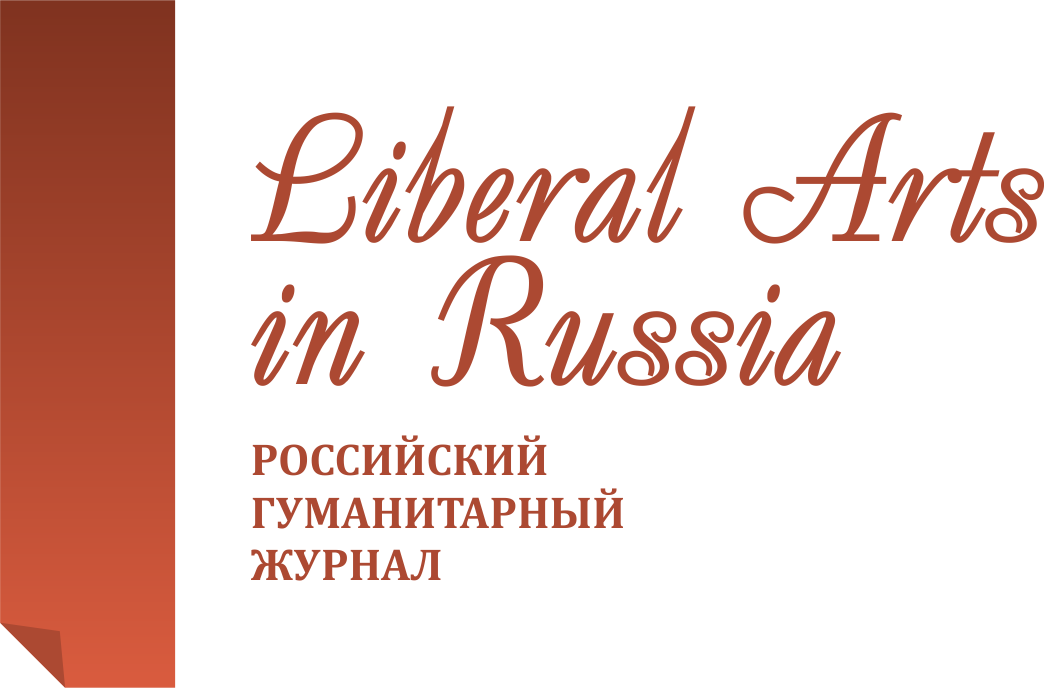On the issue of the peculiarities of using metaphors in migration discourse of Germany, Austria, England, and America
Liberal Arts in Russia. 2016. Vol. 5. No. 6. Pp. 565-572.
Get the full text (Russian) Email: kislyanskaya@mail.ruAbstract
The authors of the article review such complex objects of the language and thinking activity as metaphors representing the numerous migration processes in Europe from 2013 to 2016. Nowadays this topic is very popular among modern Russian and foreign linguists, because the process of migration of the population is widely spread throughout the world and it is a very complicated social, political, economic, and cultural process. The aim of this article is to analyze and compare the usage of metaphors in the modern migration discourse of Germany, Austria, England, and America. During the study, the four main groups of metaphors have been differentiated on the material of modern German and English language online editions devoted to the topic of immigrants and migration processes in many countries (such as Der Spiegel, Die Zeit-online, Frankfurter Allgemeine Zeitung, Bild, Suddeutsche Zeitung, NPD-Sachsen, Der Trutzgauer Bote, The Guardian, The USA Today, The New York Times, The Washington Post etc). These groups can be called metaphors that embody natural catastrophes and natural disasters; military metaphors; goods metaphors, and theater metaphors. According to the analyzed examples, all these metaphors characterize migration movement as a mass, lingering, spontaneous and dramatic process. The image of migrants is represented by these metaphors as a threat and danger to a modern society.
Keywords
- • metaphor
- • discourse
- • migration discourse
- • political discourse
- • migration processes
- • migrants
References
- Arutyunova N. D. Teoriya metafory: Sbornik nauchnykh trudov. Moscow: Progress, 1990.
- Arutyunova N. D. Yazykoznanie. Bol'shoi entsiklopedicheskii slovar'. 2 ed. Moscow: Bol'shaya Rossiiskaya entsiklopediya, 2000.
- Bogachevskaya I. V. Voprosy dukhovnoi kul'tury - filosofskie nauki: Kul'tura narodov Prichernomor'ya. 2006. No. 79. Pp. 119-121.
- Budaev E. V., Chudinov A. P. Politicheskaya lingvistika. 2008. No. 26. Pp. 37-48.
- Khokhlova I. V. Vestnik KGU im. N. A. Nekrasova. 2014. No. 1. Pp. 185-188.
- Chudinov A. P. Metaforicheskaya mozaika v sovremennoi politicheskoi kommunikatsii [Metaphorical mosaics in modern political communication]. Ekaterinburg, 2003.
- Bӧke K. Die Sprache des Migrationdiskurses. Opladen, 1997. Pp. 164-193.
- Busse D. Historische Semantik, Analyseeines Programms. Stuttgart: Klett-Cotta, 1987.
- Heiko G. Sprache und Sprachverwendung in der Politik Eine Einführung in die linguistische Analyse öffentlich-politischer Kommunikation. Tübingen: Max Niemeyer Verlag, 2002.
- Santa Ana O. Immigration as Dangerous Waters: The Power of Metaphor. From Brown Tide Rising: Metaphors of Latinos in Contemporary Public Discourse. Austin, TX: University of Texas Press, 2002.
- Bild. URL: http://www.bild.de.
- Der Spiegel. URL: http://www.spiegel.de.
- Der Trutzgauer Bote. URL: http://trutzgauer-bote.info.
- Frankfurter Allgemeine Zeitung. URL: http://www.faz.net/.
- NPD-Sachsen. URL: https://npd-sachsen.de.
- Süddeutsche Zeitung. URL: http://www.sueddeutsche.de.
- The Guardian. URL: http://www.theguardian.com.
- The New York Times. URL: http://www.nytimes.com.
- The USA Today. URL: http://www.usatoday.com.
- The Washington Post. URL: https://www.washingtonpost.com.
- Zeit-online. URL: http://www.zeit.de.
